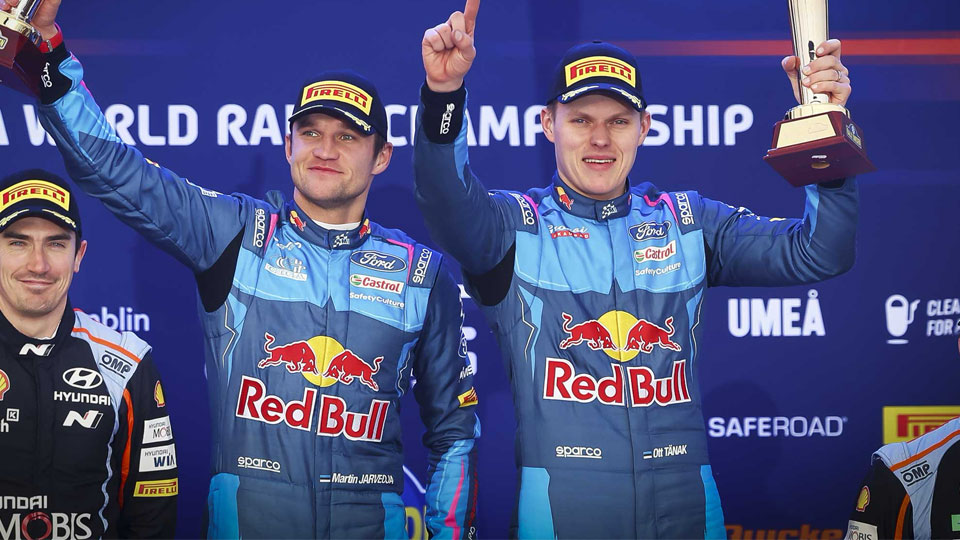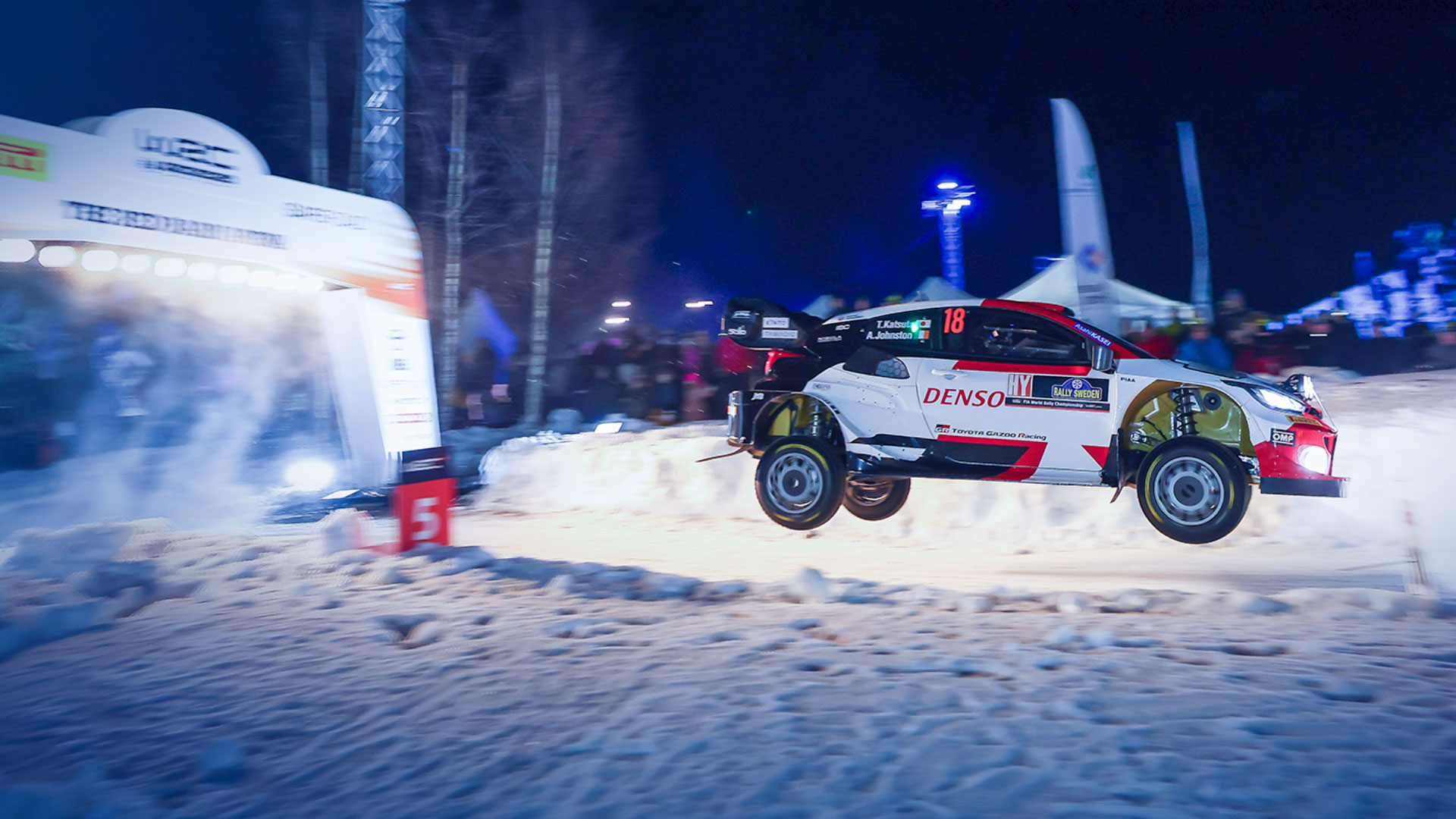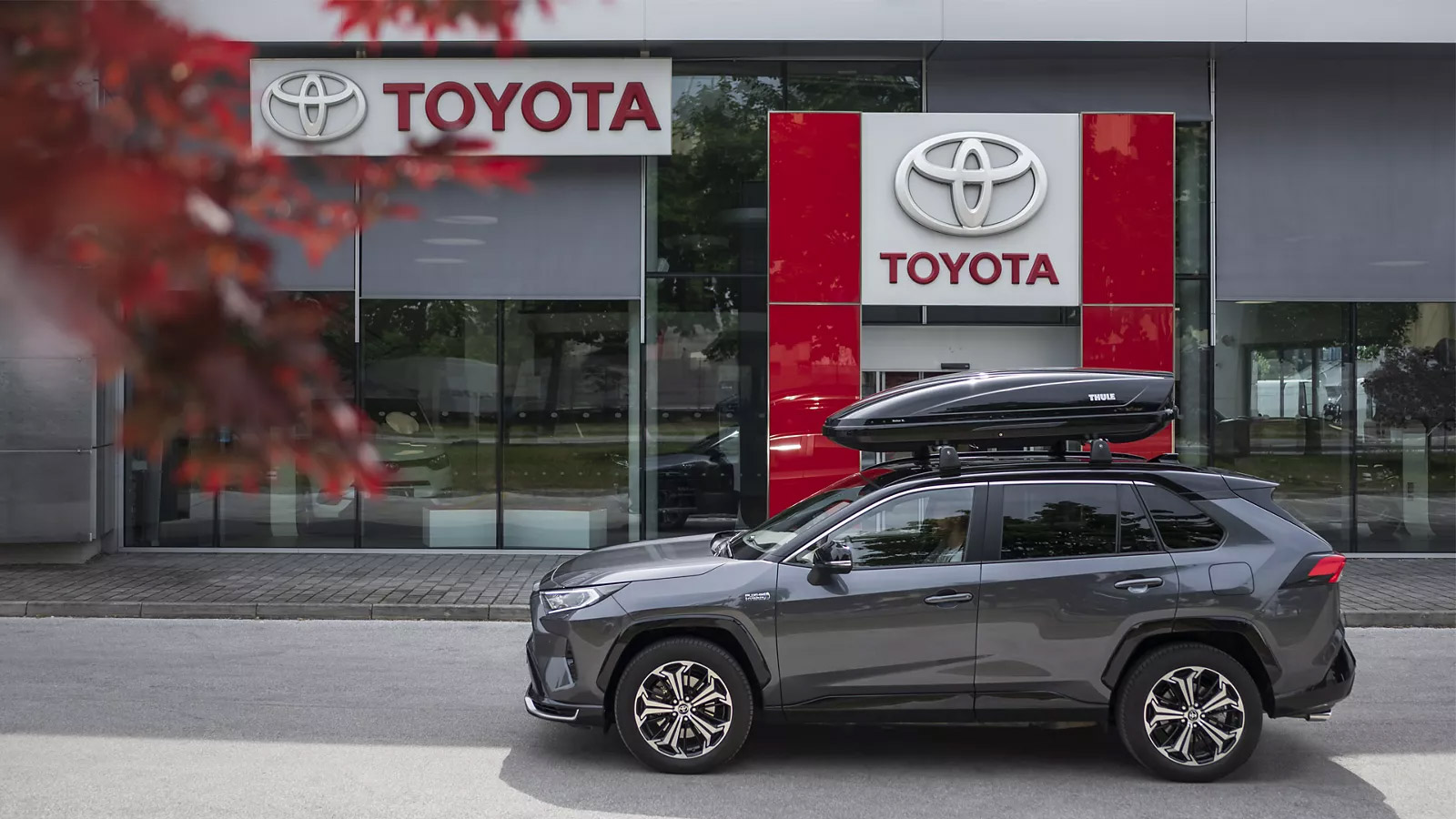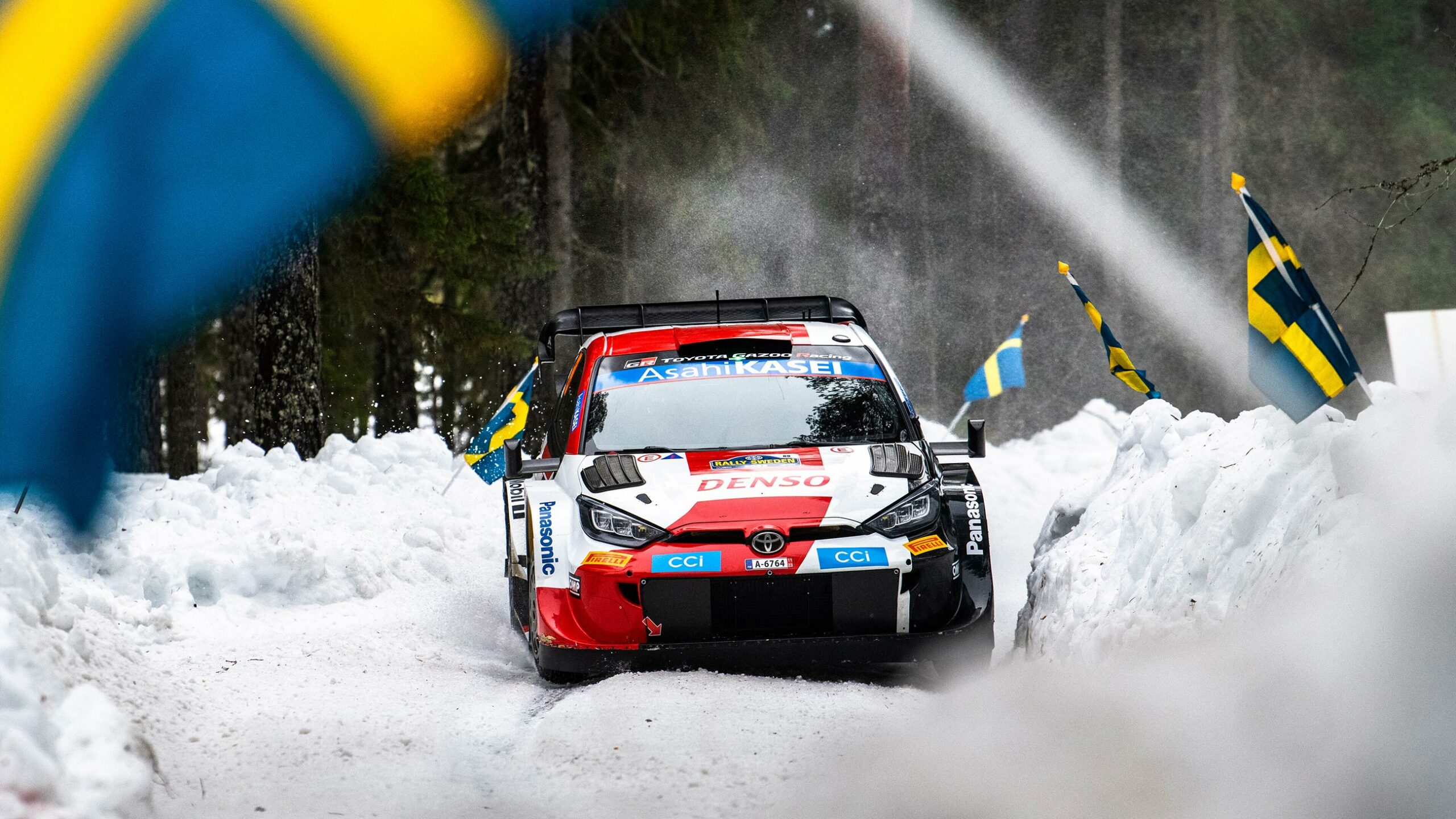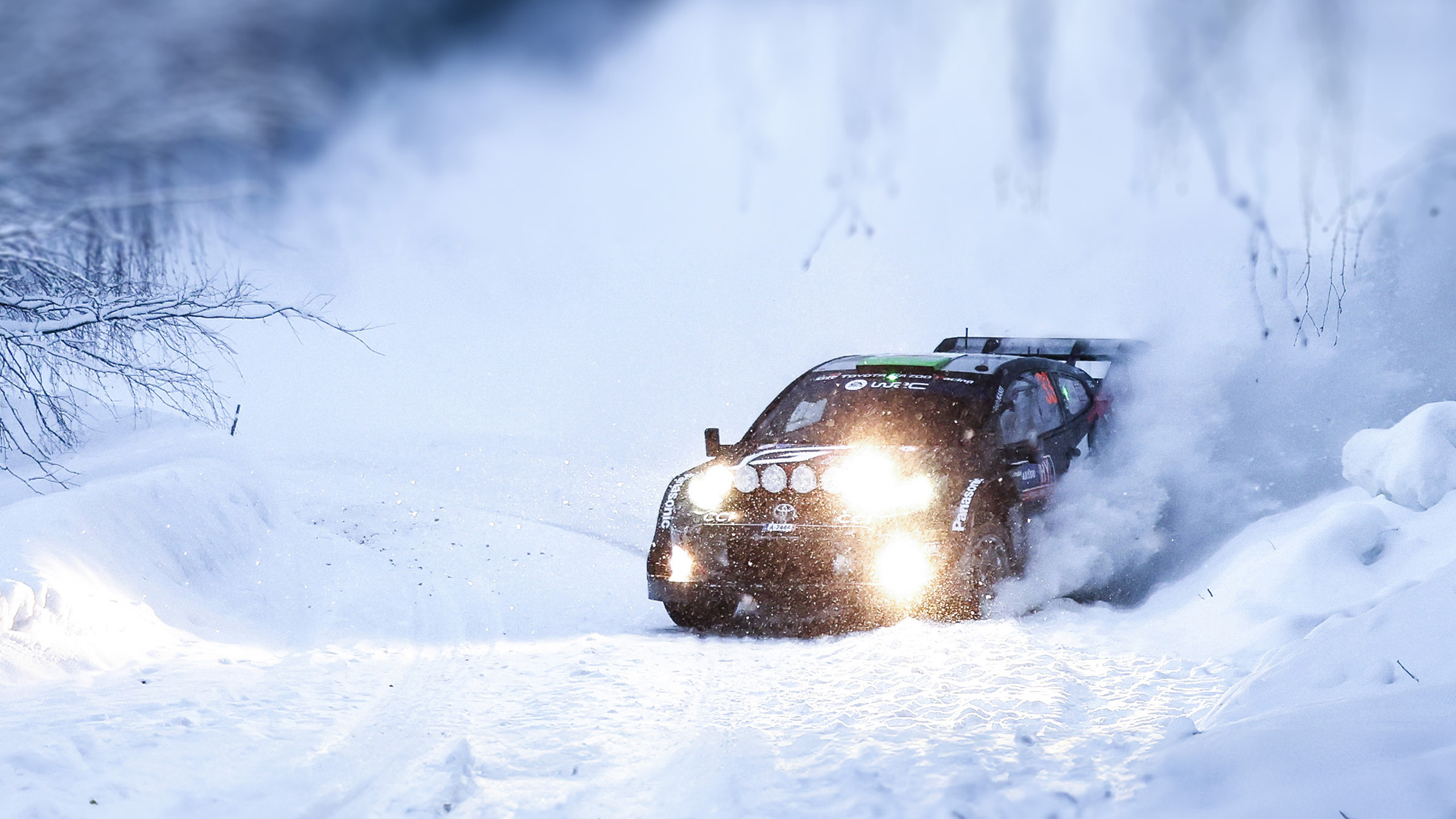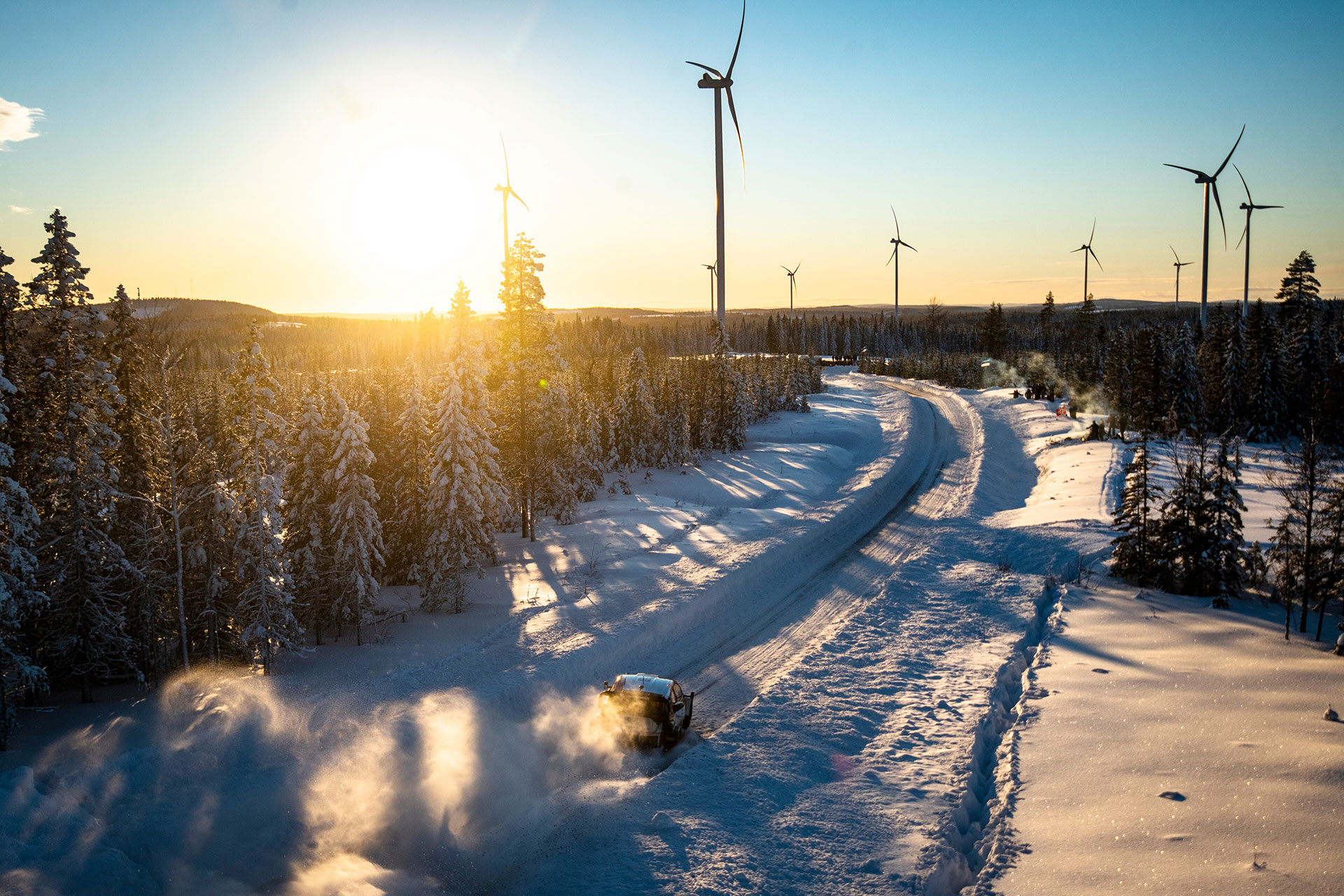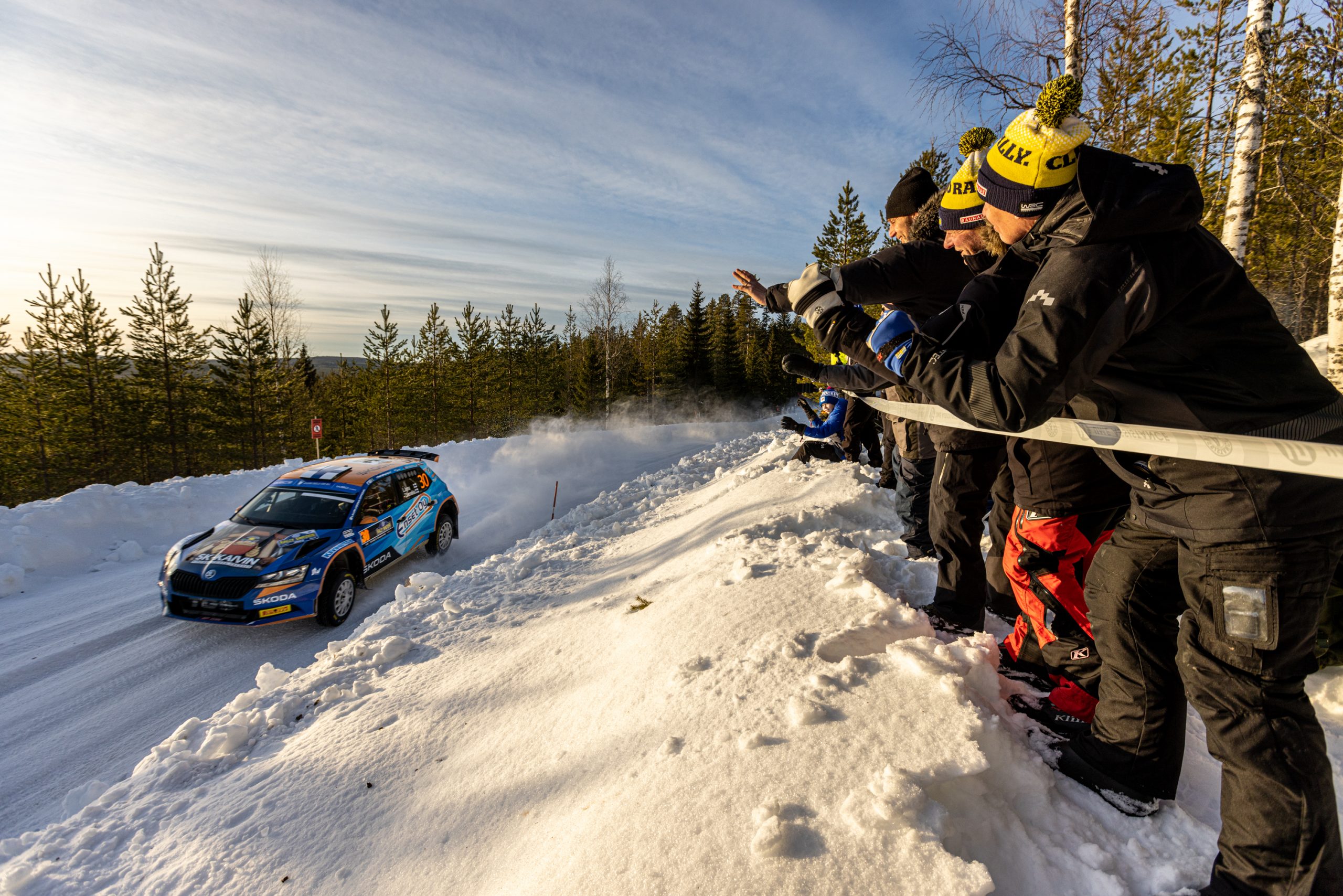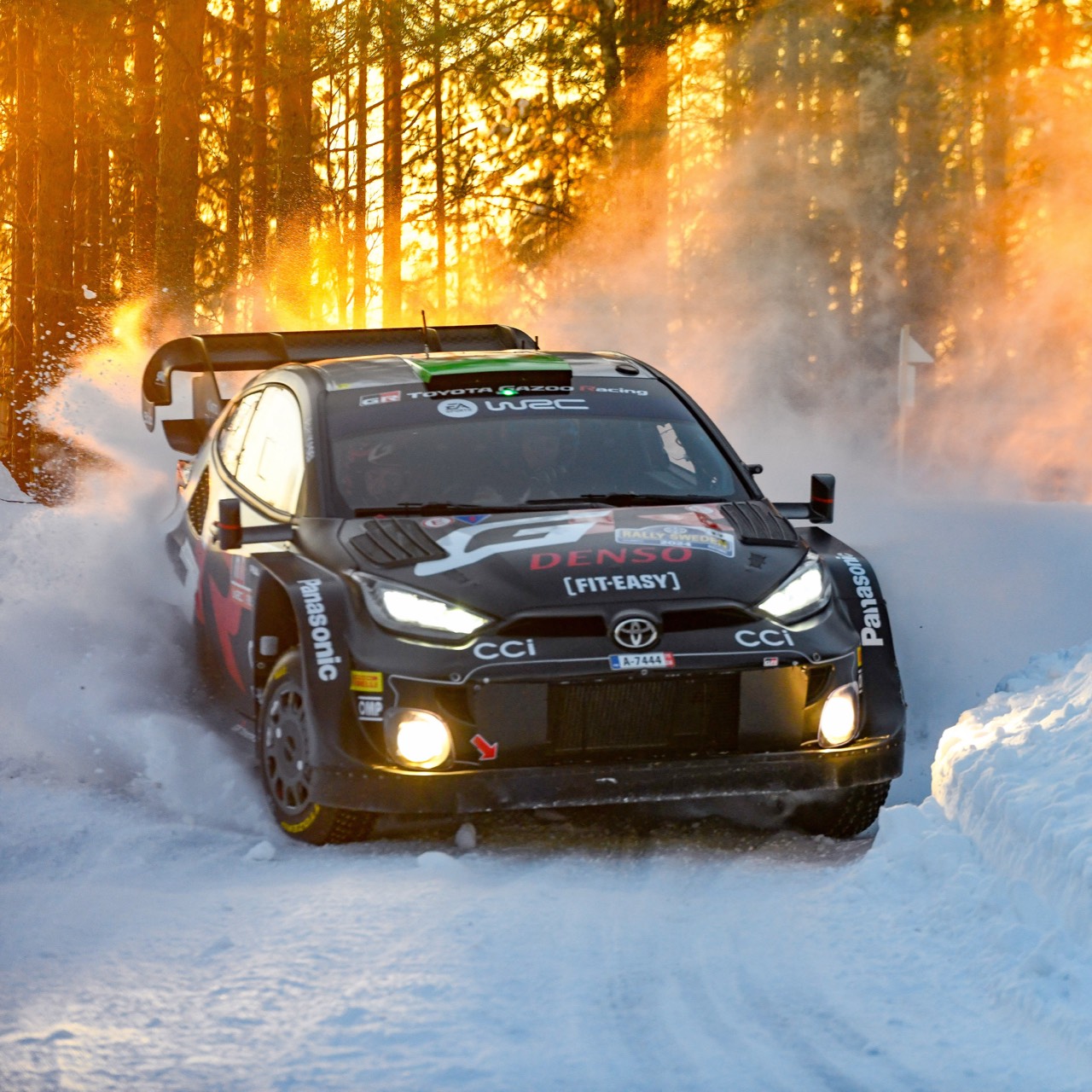Experienced Co-Driver Aiming for the Title
With over twenty years as a co-driver in the world elite, Jonas Andersson is currently one of Sweden’s most accomplished figures in the rally world.
Becoming a co-driver was mostly a coincidence for Jonas. He himself participated in various racing events, including folkrace, and was at a crossroads whether to pursue rallying with a new car and all that it entails when PG Andersson asked him to be his co-driver. And as they say, the rest is history.
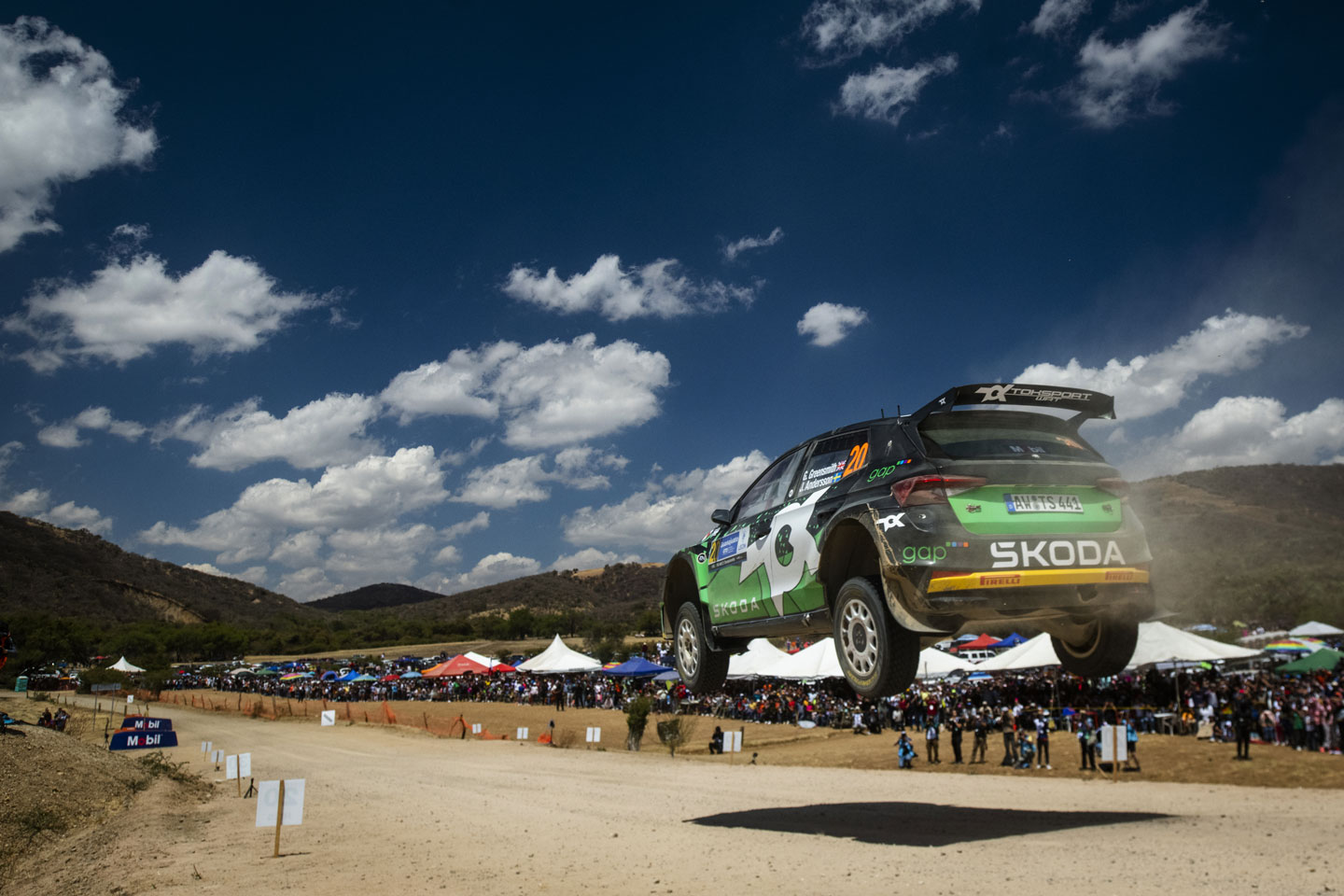
An impressive CV
It was a long and rewarding collaboration with PG that left Jonas wanting more. Jonas partnered with PG from 2002 to 2008, resulting in two World Championship titles in the Junior class in 2004 and 2007. In 2008, they got the chance in the WRC with Suzuki. In 2009, Jonas switched seats and began riding with Mads Østberg in the WRC, achieving several podium finishes and a victory in Portugal in 2012, adding to his CV. Later, he went with Pontus Tidemand and managed to secure the WRC2 title in 2017. Later, he had a stint with Ole Christian Veiby in WRC2.
In 2022, he teamed up with Gus Greensmith, who has credentials from three seasons in the WRC’s top class, and this year they have been competing for the overall victory in WRC2 with Andreas Mikkelsen, who ultimately prevailed. With one competition remaining, Mikkelsen secured the overall victory in WRC2, while Gus and Jonas secured the silver.
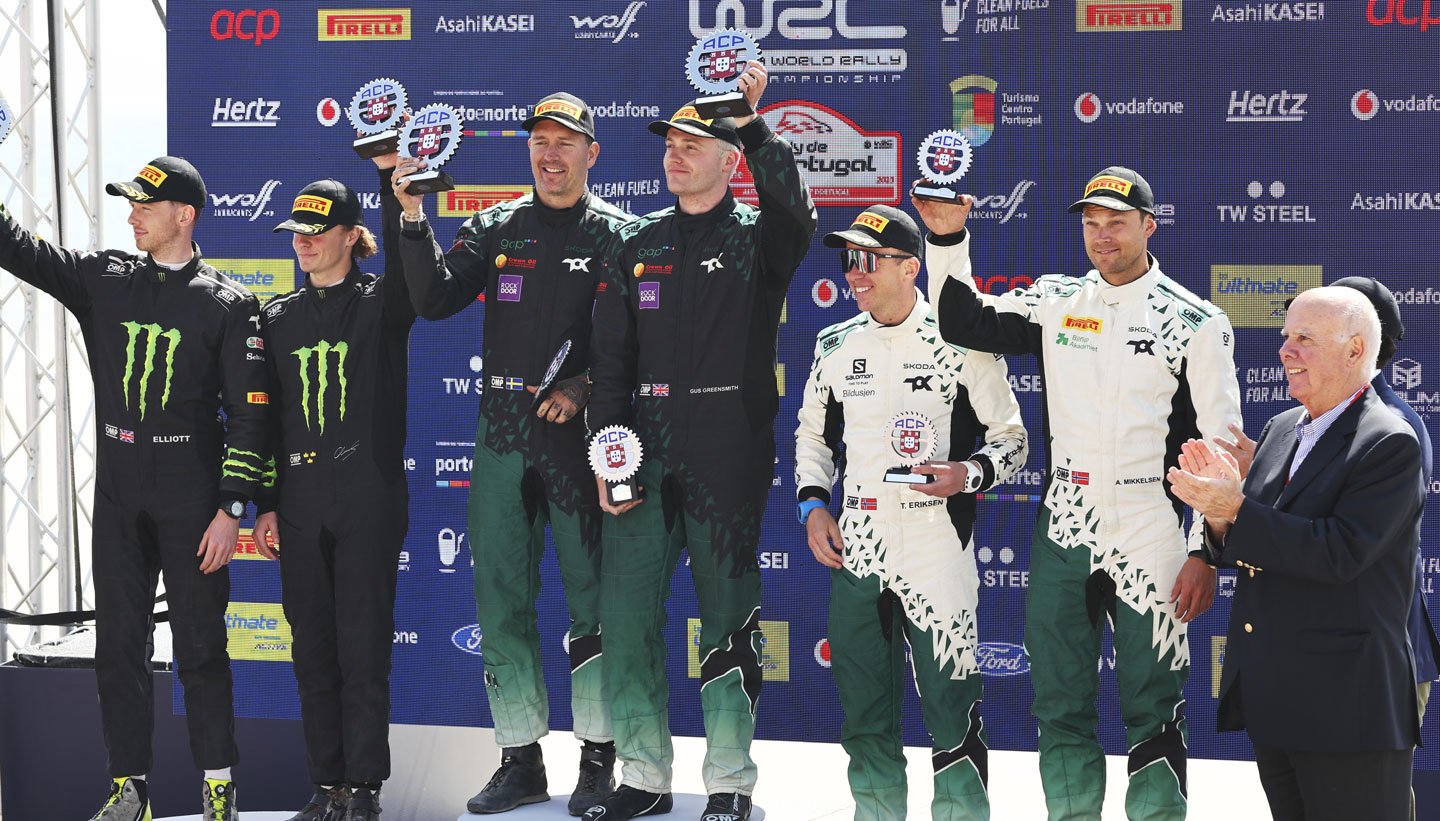
The gold within reach
Now, they are aiming for another year, and the objectives are crystal clear – the goal is the overall victory in WRC2.
“Last season, we demonstrated what we are capable of, that we can compete for the world championship title. If we get it right in the right events, we certainly have a chance. And now, with better support from the team, the goal is clearly to take the title.”
Preparations for the season started a bit late, hence the reason they are skipping the first two events in Monte-Carlo and unfortunately Rally Sweden this year as well. Jonas and Gus plan to compete in ten events in 2024, starting with the Safari Rally at the end of March. However, they haven’t finalized who they will nominate for points. In WRC2, the team chose seven out of the total thirteen events and nominate them for points, and the six best results count towards the total, so skipping the first two events shouldn’t affect their chances of standing as champions this autumn.
“But now WRC2 is a hornet’s nest, with at least twenty drivers competing for victories under similar conditions, so one cannot be entirely sure,” he adds.
Being a navigator
Throughout his long career, Jonas has worked with many drivers, each with their own driving styles and specific preferences for how things should operate. Up until now, it has been Swedish and Norwegian drivers, so starting the collaboration with Gus was a bit of a leap.
“Sure, it was a small step to start reading in English, but surprisingly, it was easy to get into it,” says Jonas, continuing, “And we were quick to find a way to work that suits us.”
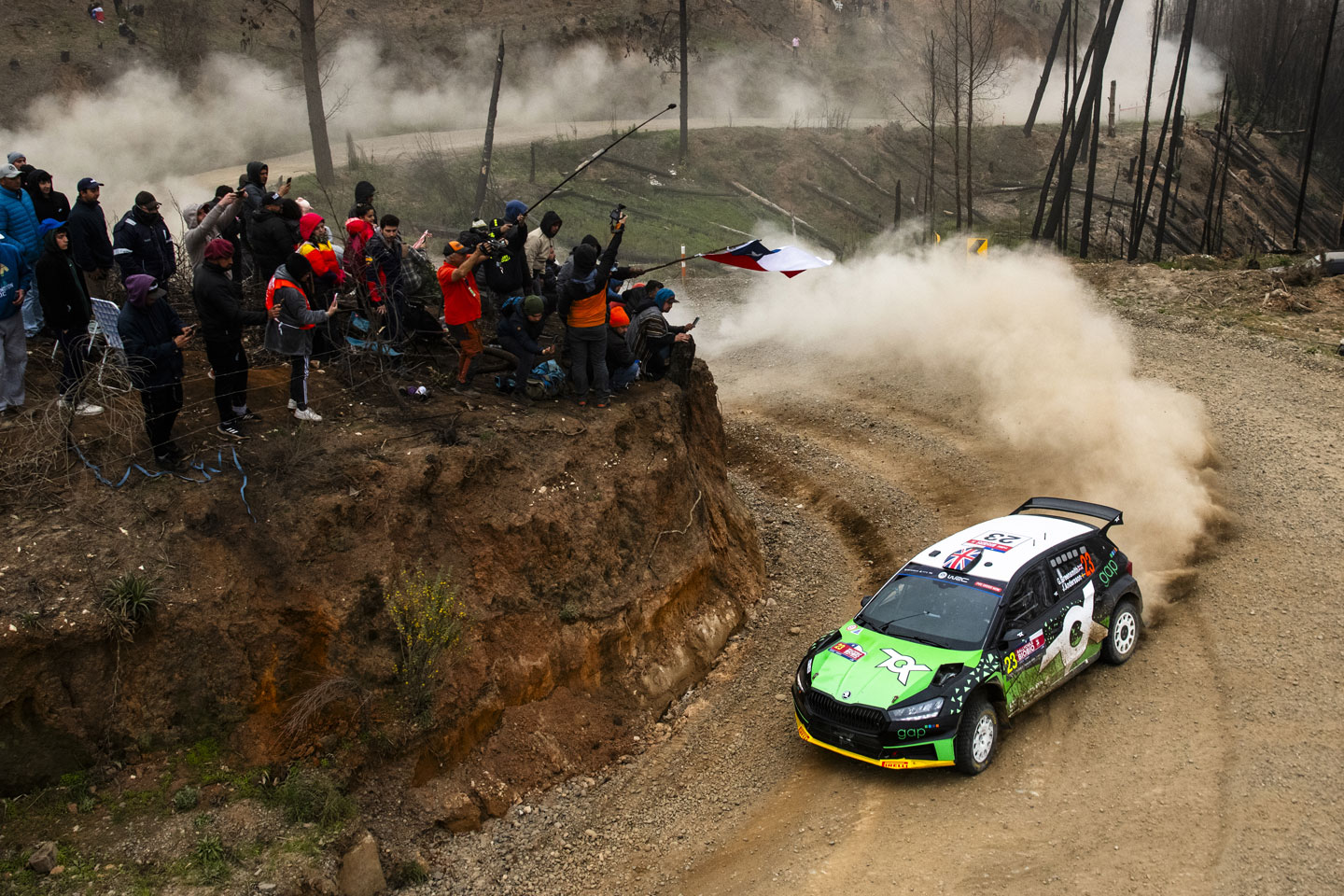
Co-driving – a matter of trust
The co-driver’s job is to provide the driver with optimal conditions to optimize driving without taking unnecessary risks or compromising safety. Therefore, having a good partnership is essential, and much of it comes down to trust.
“A lot depends on timing, saying the right thing at the right moment because it’s all about very small margins. And it’s something you have to figure out together because not all drivers work the same, and all navigators are different. Fundamentally, it’s all about getting along and understanding each other. We spend so much time together during the season, so it’s also about finding ways not to get on each other’s nerves,” Jonas says with a smile.
And the notes?
The pace notes that the co-driver reads to the driver are a detailed description of how the road looks, including bends, crests, any rocks, and poles, among other things. Notes aren’t mandatory, but without them, one is often quite helpless. You can drive much faster and safer with notes. The driver learns about the road, what’s behind a crest, and how it bends before they can see it themselves.
Regarding regional and national competitions in Sweden, for example, the pace notes are usually written in advance by the organizer. Primarily because there isn’t time or opportunity to do reconnaissance before the competition. However, for larger competitions like WRC and ERC, the teams are on-site a week in advance and have access to the stages for several days to write their own notes, in their own ways. Because it’s not always the same system used, here, all drivers, because they’re the ones who decide how it should work, have their own ways of writing and how they want the notes to be read. Then the co-driver has to adapt and find a way that works.
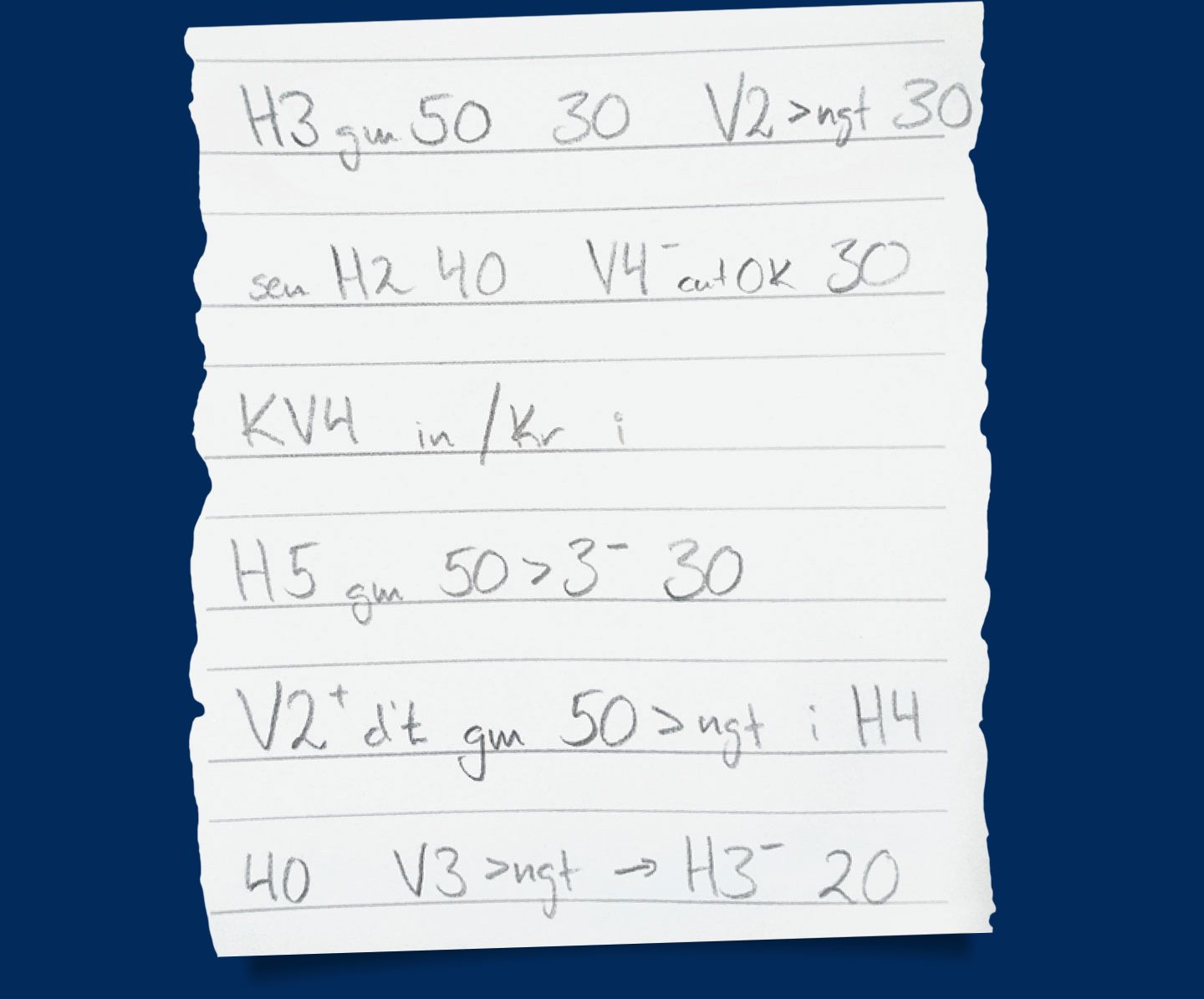
This is how to read the notes for the driver:
“Right 3 through 50, 30, Left 2 Tightens Slightly, 30,
Then Right 2, 40, Left 4 minus Cut Okay, 30,
Short Left 4 In Over Crest, in
Right 5 Through 50 Tightens 3 minus, 30,
Left 2 Plus Don’t Cut through 50 Tightens Slightly, in Right 4,
40, Left 3 Tightens Slightly to Right 3 minus, 20”
The numbers 50, 40, 30, 20 indicate the number of meters, but they are not pronounced, only “20” is said. The numbers after “H (Right)” and “V (Left)” indicate the sharpness of the turn on a seven-degree scale, where 1 is the weakest and 7 the sharpest (some drivers have markings on the steering wheel corresponding to the indications).
FACTS:
How to become a navigator or co-driver?
In Sweden, you’re allowed to ride as a navigator (kartläsare) in rallying from the age of 13. However, you must undergo theoretical training to obtain a license. Training is conducted through motor clubs. As a navigator, you can use a roadbook and possibly a map to help the driver navigate transport and special stages. From the year you turn 16, you can start reading pace notes and are then called a co-driver. At that point, you need to have a navigator’s license and undergo pace note training.

